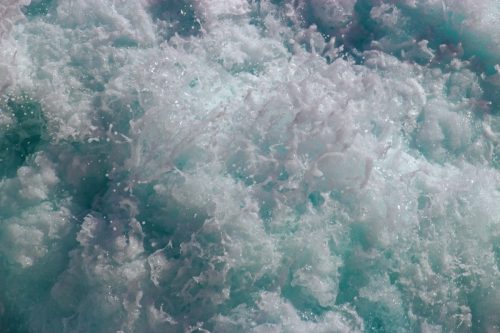Way colder than you’d think! In fact, water doesn’t always freeze when the temperature reaches zero degrees Celsius, the value regularly cited as the freezing point of water. Under certain conditions, water can undergo “supercooling” and exist in a liquid state far below its usual freezing point—at temperatures as low as -42.6 degrees Celsius.
Previously, researchers encountered difficulties determining the lowest possible temperature of liquid water due to the rapid rate of ice crystal formation. In Germany, Robert Grisenti at the GSI Helmholtz Centre for Heavy Ion Research is developing new techniques for accurate measurement of the temperature of supercooled water with greater precision than ever before.
Grisenti’s team began by spraying microscopic droplets of water into a vacuum. The exceptionally low pressure in the vacuum causes fast evaporative cooling, where evaporation cools the tiny water droplets much faster than ice can form. With the understanding that droplet size is proportionally related to temperature, the researchers determined the droplets’ temperature by measuring their size with a laser that had 10-nanometer precision. They calculated a record low for liquid water, -42.6 degrees Celsius.
Supercooled water and its transformation into atmospheric ice occur naturally in the Earth’s upper atmosphere. “Atmospheric climate models need an accurate representation of such processes for a realistic description of cloud formation and precipitation,” Grisenti said. The hope is that this research can ultimately provide leading climate scientists with better insight for developing more reliable climate-predicting models.
References
[1] Shrinking of Rapidly Evaporating Water Microdroplets Reveals their Extreme Supercooling”, R. E. Grisenti, Physical Review Letters, 2018 [https://journals.aps.org/prl/pdf/10.1103/PhysRevLett.120.015501]
[2] https://www.nature.com/articles/d41586-018-00572-x
[3] E-mail correspondence with Robert Grisenti

